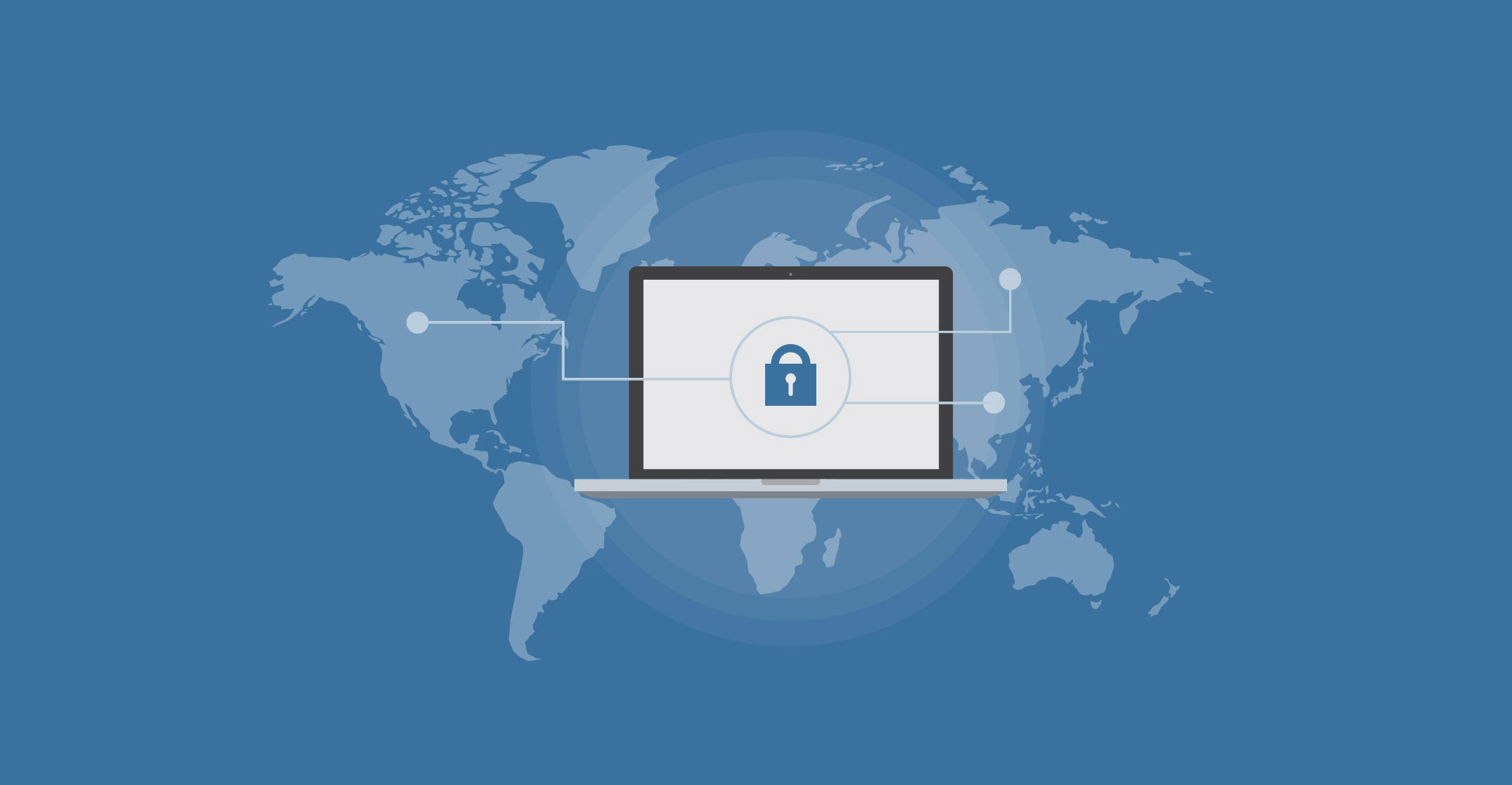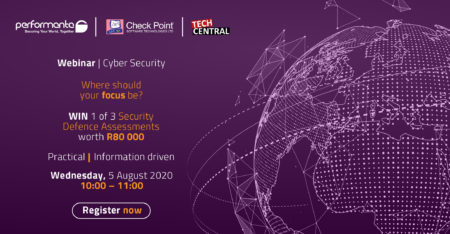 Many organisations approach cybersecurity the wrong way. It’s expensive and it leaves them vulnerable and exposed.
Many organisations approach cybersecurity the wrong way. It’s expensive and it leaves them vulnerable and exposed.
But who can blame them? A lot has changed, very quickly, in the way they must make their operational data and business systems accessible. Hackers are smarter than ever, with more funding than ever, and they’re more incentivised considering the potential payoffs so the security threats now are far greater. Vendors, consultants and service providers rightly point to this trend as evidence that organisations must secure themselves against a multitude of threats. But the problem is that it makes cybersecurity complex, expensive and difficult, besides also making it less effective than it should be.
To learn more, please visit Performanta’s website
I call these the three axes of confusion. There is, however, a much smarter, more cost-effective way to improve cybersecurity for both current and future threats but achieving it means we must transcend the three axes.
The first axis is the increasing sophistication of attacks attempting to infiltrate organisations from a wider range of vectors. These are the attacks on Internet of things devices, permissions systems, shared resources like cloud drives, exploiting misconfigured systems, poorly managed employee offboarding, lack of visibility into cloud systems, and so on.
The second axis is the evolution of how employees interact with business systems. The rapid, widespread shift to working from home and, more recently, hybrid working environments demands extensive changes to permissions and accessibility, processes, workflows, connectivity and more. All impact the security posture that a lot of organisations are rightly finding complex and difficult to dependably mature.
Full picture?
The third axis places vendors and their technologies at its centre. Most vendors specialise in one or a few elements of cybersecurity and their marketing machines are geared to focus on their own benefits while disregarding others. That’s not to say they’re wrong, but they’re not necessarily painting the full picture, which can confuse customers.
A lot of the time we see the cybersecurity discussion broken down into a commercial proposition. But the real value for customers is not in putting licence fees behind a point solution for a risk that may never materialise. Rather, value is created by understanding the specific threats to a particular organisation, then leveraging existing investments and supplementing them where necessary, in order to mitigate the risks and contain the exposure. In other words, secure what is both valuable and vulnerable.
To do so requires holistic cybersecurity capabilities that makes organisations aware of what’s at risk and from whom, secures their assets, keeps their reputations safe, and is responsive if and when an emergency arises.
 The data that runs through the business systems employees use daily, for example, is very often both valuable and at risk. For many organisations today, that means protecting Microsoft and related environments. Office 365 (now Microsoft 365) is a staple of digital transformation. Establishing and maintaining it in a secure state limits organisational exposure to risk.
The data that runs through the business systems employees use daily, for example, is very often both valuable and at risk. For many organisations today, that means protecting Microsoft and related environments. Office 365 (now Microsoft 365) is a staple of digital transformation. Establishing and maintaining it in a secure state limits organisational exposure to risk.
That’s one of the primary reasons we acquired Identity Experts in April. They have unrivalled resources to skilfully handle identity and access management (IAM), which complements our broader, global cybersecurity capability. They have particular strengths in Microsoft technologies, as well as others. Their strong UK presence also complements our traditional South African base and growing US operation, ensuring both ongoing access to top certified Microsoft and other skills worldwide with the capability to serve our clients regionally.
Most medium-sized organisations need a cybersecurity partner for strategic advice and services that will facilitate their transition from a predominantly Microsoft productivity and collaboration engagement upfront into other, more specific areas of their business. Larger enterprises with extensive onboard cybersecurity resources rely on specialist consultation from time to time to cater for niche elements of their operations.
Transforming cybersecurity approaches from commercial orientations to business value engagements is the most effective method to swiftly and comprehensively secure modern businesses. It’s also the most effective reference point for overcoming the three major challenges organisations face today: the hacker menace, hybrid work environments and the complexity of cybersecurity technologies.
Reach out to my team and I at [email protected], so we can help you develop a strategic cybersecurity road map that protects your business now and in the future.
- Guy Golan is co-founder and CEO of Performanta
- This promoted content was paid for by the party concerned



